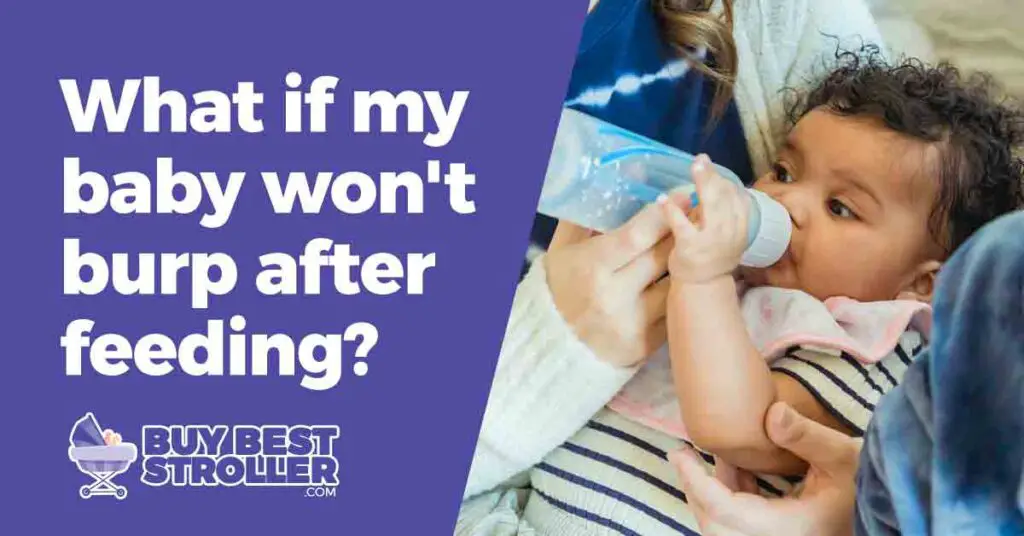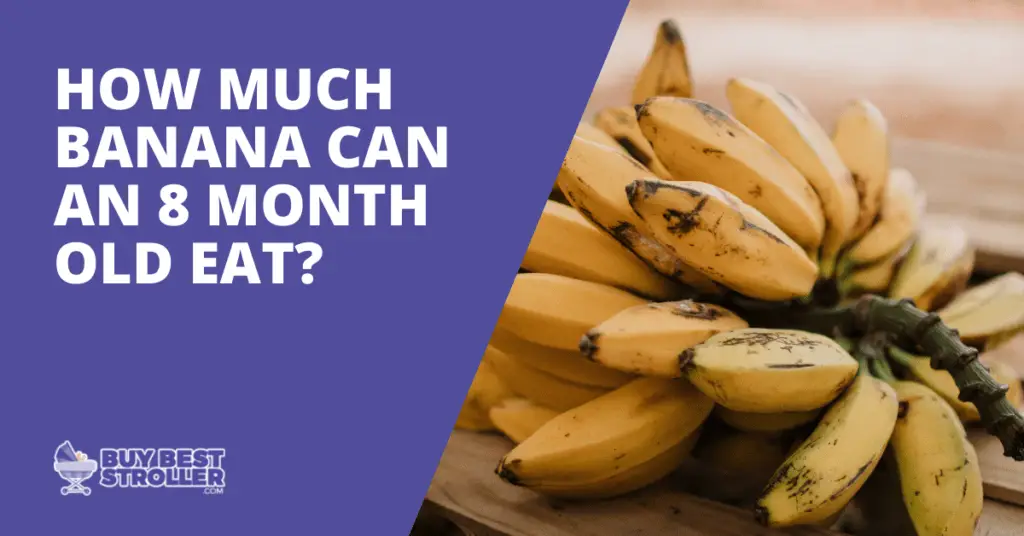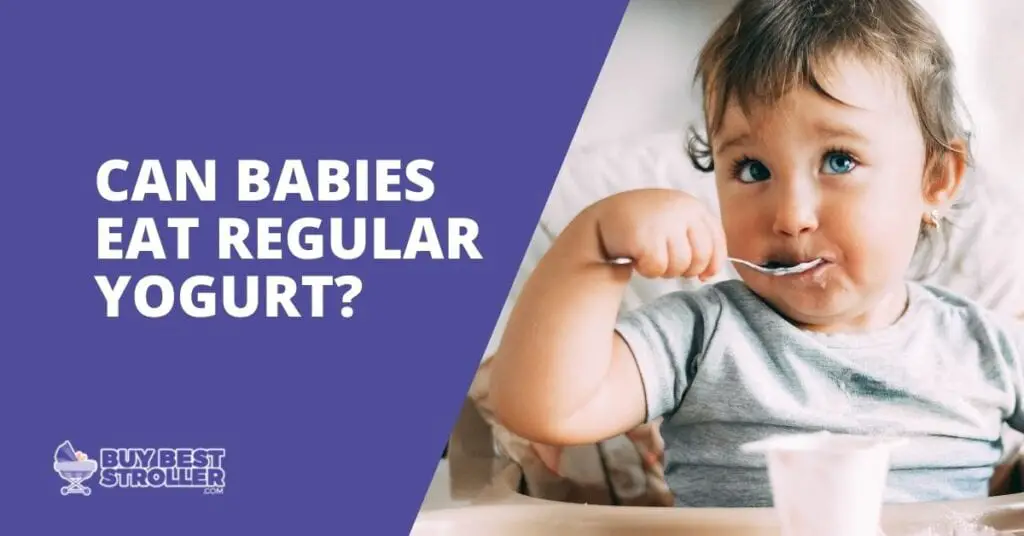If your baby doesn’t burp after feeding, there are a few things you can try. First, burp your baby more frequently during feedings. Second, try different positions to help your baby burp, such as sitting upright or lying on their back.
Burping helps to release gas from your baby’s stomach. This can help to prevent discomfort and spitting up.
There could be a few reasons why your baby is not burping after a feeding. The first is that your baby may have swallowed too much air while eating. This can happen if they are gulping their food or if they are eating too quickly. Another possibility is that your baby’s stomach is too full and they are not able to burp. This can be uncomfortable for your baby and may cause them to cry. Some babies simply do not need to burp after every feeding.
Babies are the stuff you struggle to soothe for hours on end while pacing the room trying to keep that tiny crying bundle lying over your shoulder.
Why Do Babies Need To Burp?
Since babies do not yet have fully developed sphincters in their esophagus, they are unable to burp air by themselves.
The gas will travel into the intestines if no one does it for them, resulting in stomach discomfort.
When a baby is eating, or after feeding, burping helps release air.
“If your baby doesn’t burp easily but also isn’t fussy, it could mean that they just don’t need to burp,” Dr. Beth Oller, MD.
What Is the Best Time to Burp a Baby?
In order to release gas, infants need to burp during and after feedings. During breastfeeding, burp your baby when switching breasts.
When bottle-feeding, make sure you burp your baby after each ounce (30 mL) or a full glass (60 mL). You should burp your baby after he has finished eating, whether he is breastfed or bottle-fed.
Your baby may need burping even more often if he has gas, is colicky, or spits up.
What Happens If You Don’t Burp a Baby?
So you couldn’t give your baby a good pat on the back before she fell asleep? Although burping comforts a baby, not all infants need to be burped.
Generally, breastfed infants swallow less air after each feeding, so they may not require burping after every feeding.
Those who sleep with their babies without burping after nursing should consider themselves lucky!
Your baby will need to be burped if she is extra fussy or squirmy after feedings.
In children, bananas can relieve diarrhea and constipation. Unfortunately, some people report experiencing unwanted side effects after eating bananas, including gas and bloating.
How to Burp a Baby
These are some ways you can get your restless baby to burp if all else fails.
- You should place the baby’s chin on the top of your hand and place your heel on their tummy.
- Placing babies with their upper belly against your collarbone is the best way to position them. When patting their back, gently press the collarbone with your thumb, or use your heel to rub circles on the back.
- Gently pat the back of your baby as you pace the room as sling it over your arm.
- Placing your heel over a baby’s chest and patting the back and rubbing circles with your free hand while at the same time applying slight pressure.
- The baby should be placed stomach-down, facing one way, on a slight incline. One hand should be gently placed on the spine of your baby, and the other should be placed as high up as possible toward the shoulder blades. Massage your baby’s spine with your other hand.
- Gently pat your baby’s back as you place their stomach down over your knee.
- Rub or pat the baby’s back while their knees are up against their chest.
- Rock the body of your baby while seated on your knee, firmly holding the baby securely between your two hands.
- Repeat this action rhythmically from left to right and back. Your knee should bounce gently as you do this.
- You should bend your baby slightly forward at the waist while holding them in your lap. Slowly and gently massage your baby’s back while rotating his body from the waist, having him do the same work he would if he was warming up for a run. You should do this in all directions, front, back, and sides.
- Sit the newborn on your lap, pressing one finger into their stomach and maintaining the baby’s head with the other hands. Run your thumbs and forefingers along the spine of the baby.
- With this burping technique, an exercise ball works best. One hand should be on your baby’s rear, while the other should support the baby’s neck and head. Once your exercise ball is on secure ground, carefully bounce up and down.
- While lying on their back, gently pedal the baby’s legs toward their chest, just as though they were pedaling a bicycle.
- Along with certain accessories, making sure your baby is wearing the right clothes is key to keeping them comfortable in their stroller. Clothing that does not rub against their skin should be selected, as should blankets and clothes that keep them warm in cooler weather and do not make them too hot during warmer days.

Conclusion
The chance of your baby burping on his or her own increases after two months.
The muscles around the neck and stomach of babies between the ages of four and six months are more robust, thereby preventing them from swallowing as much air.
In this case, consider trying burping and other tools for gas relief, or visit a paediatrician if the baby is crying and fussy.



